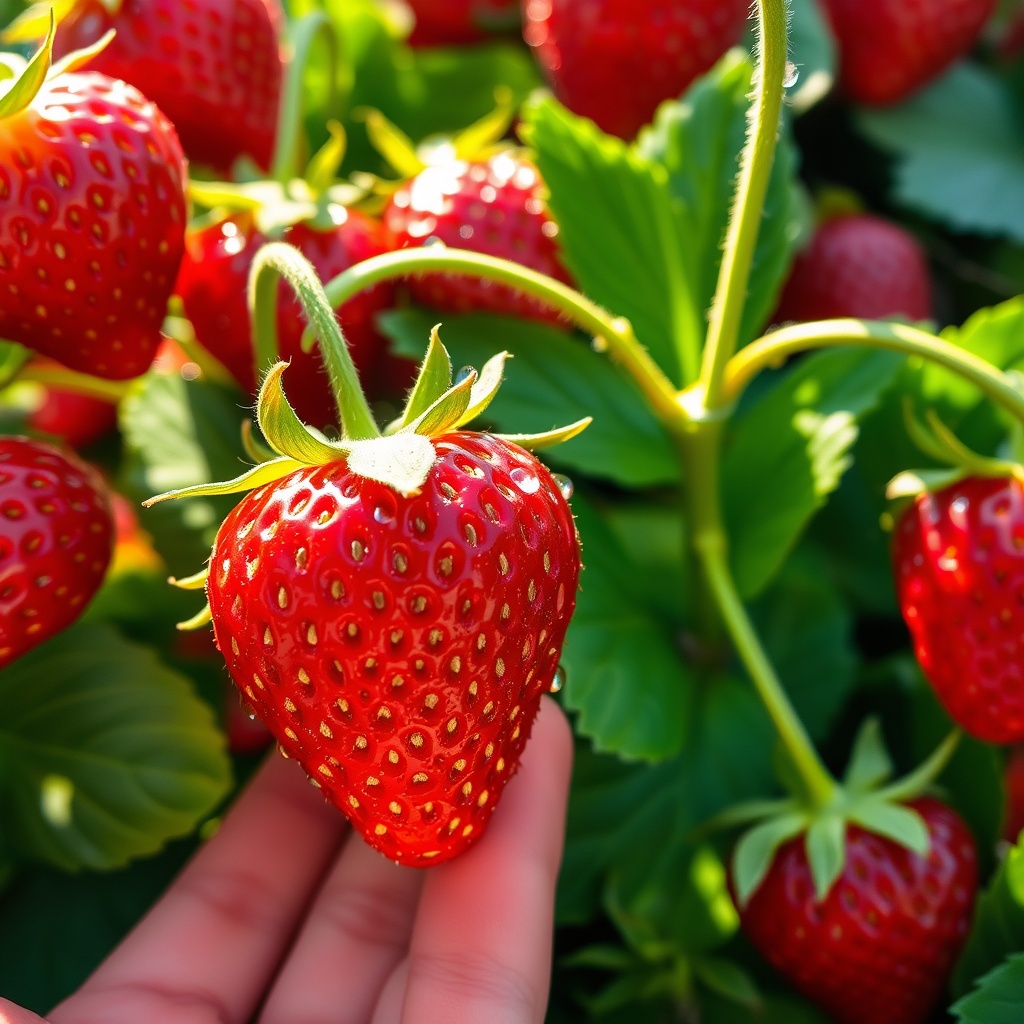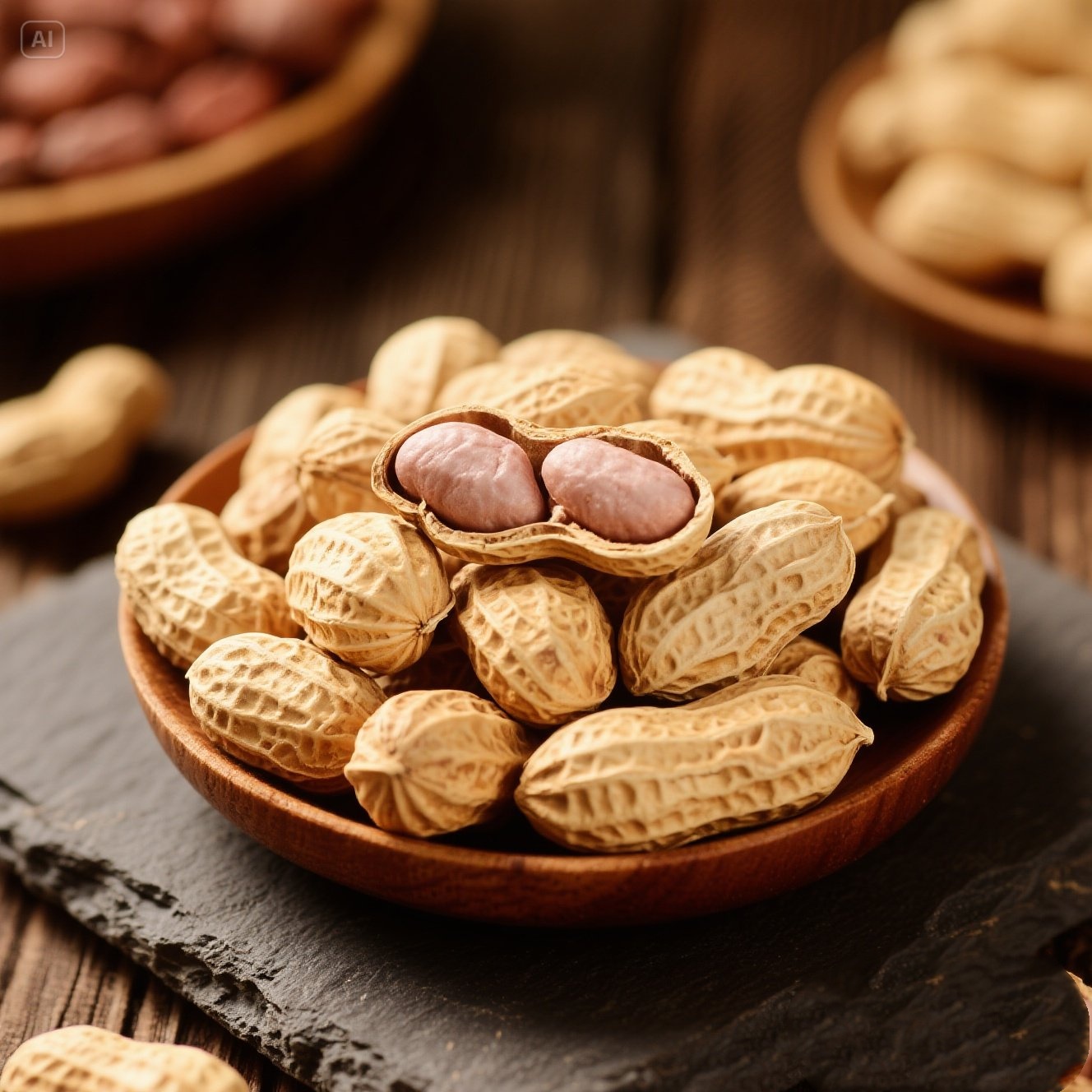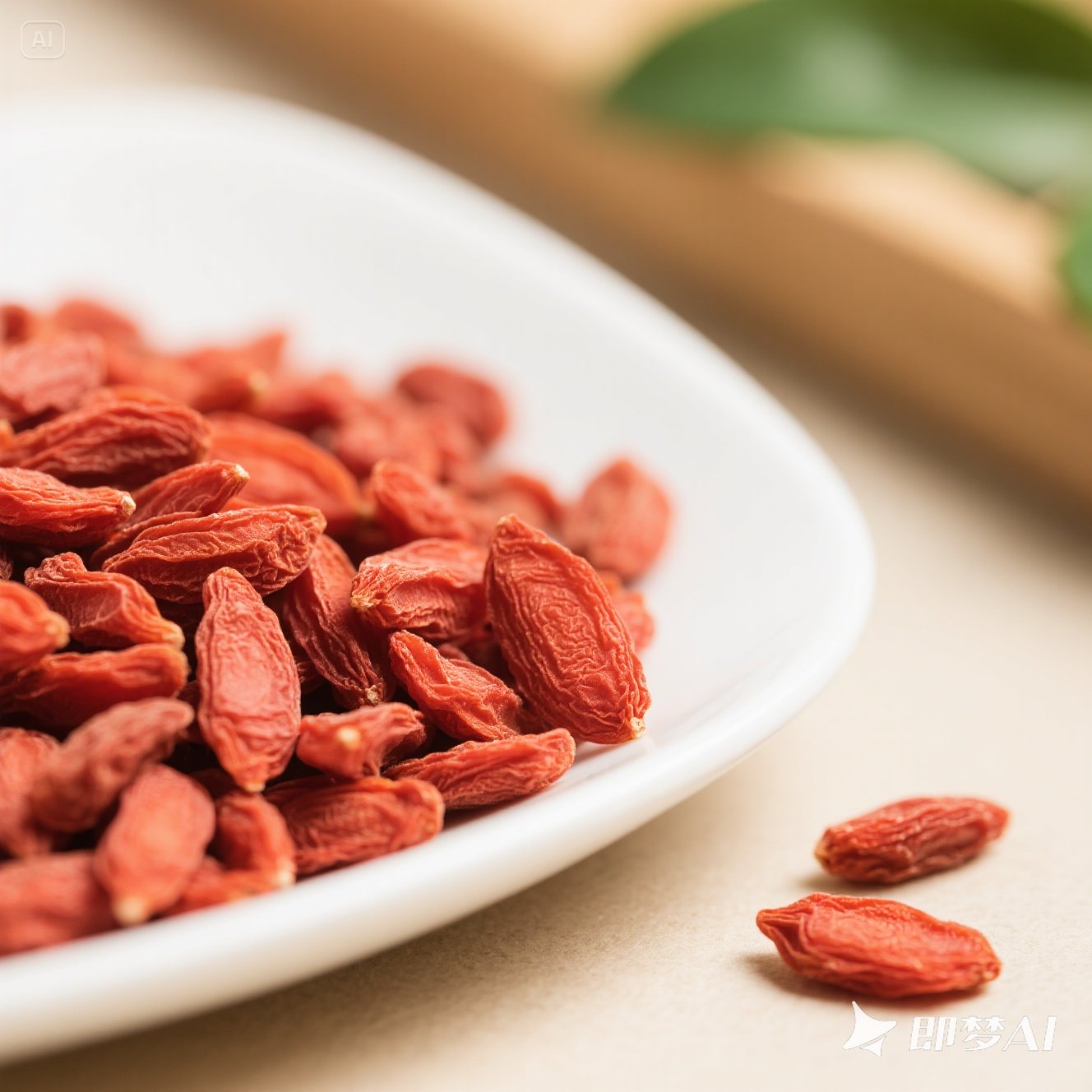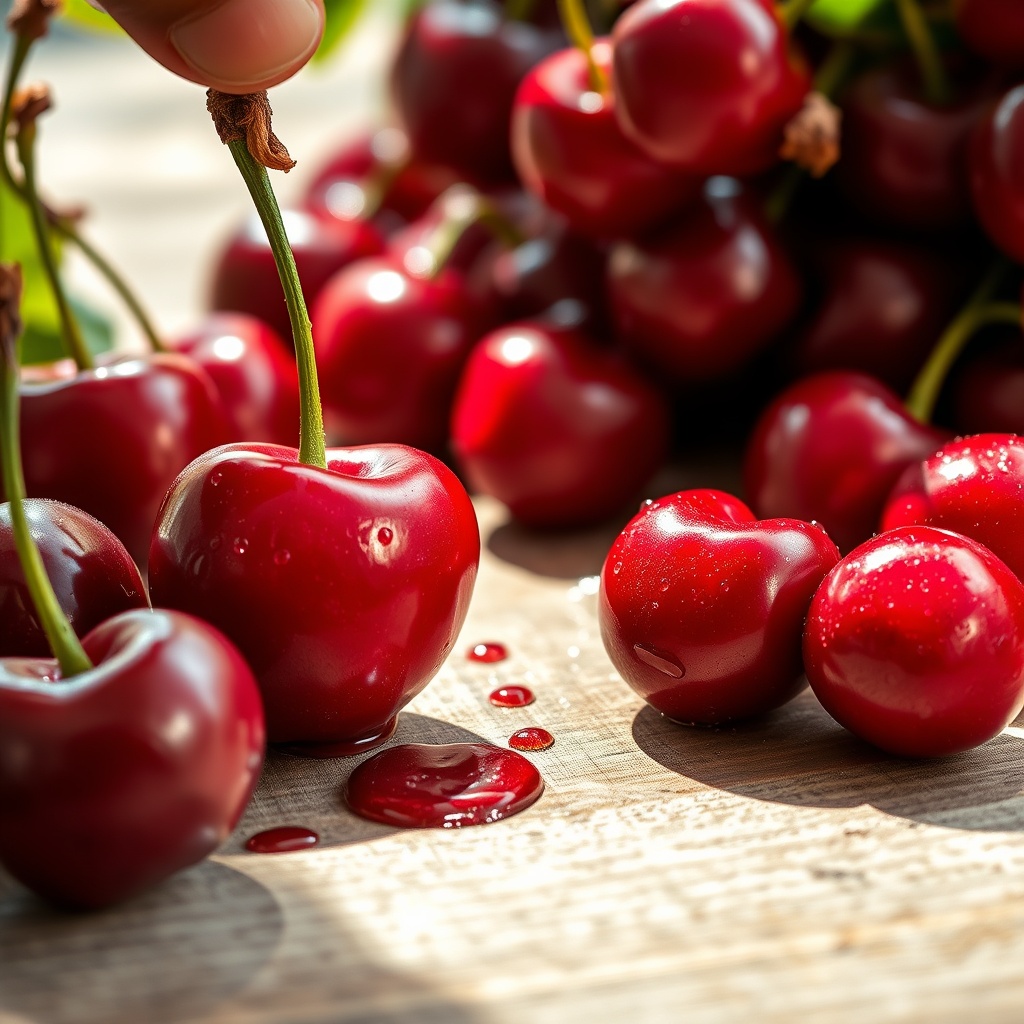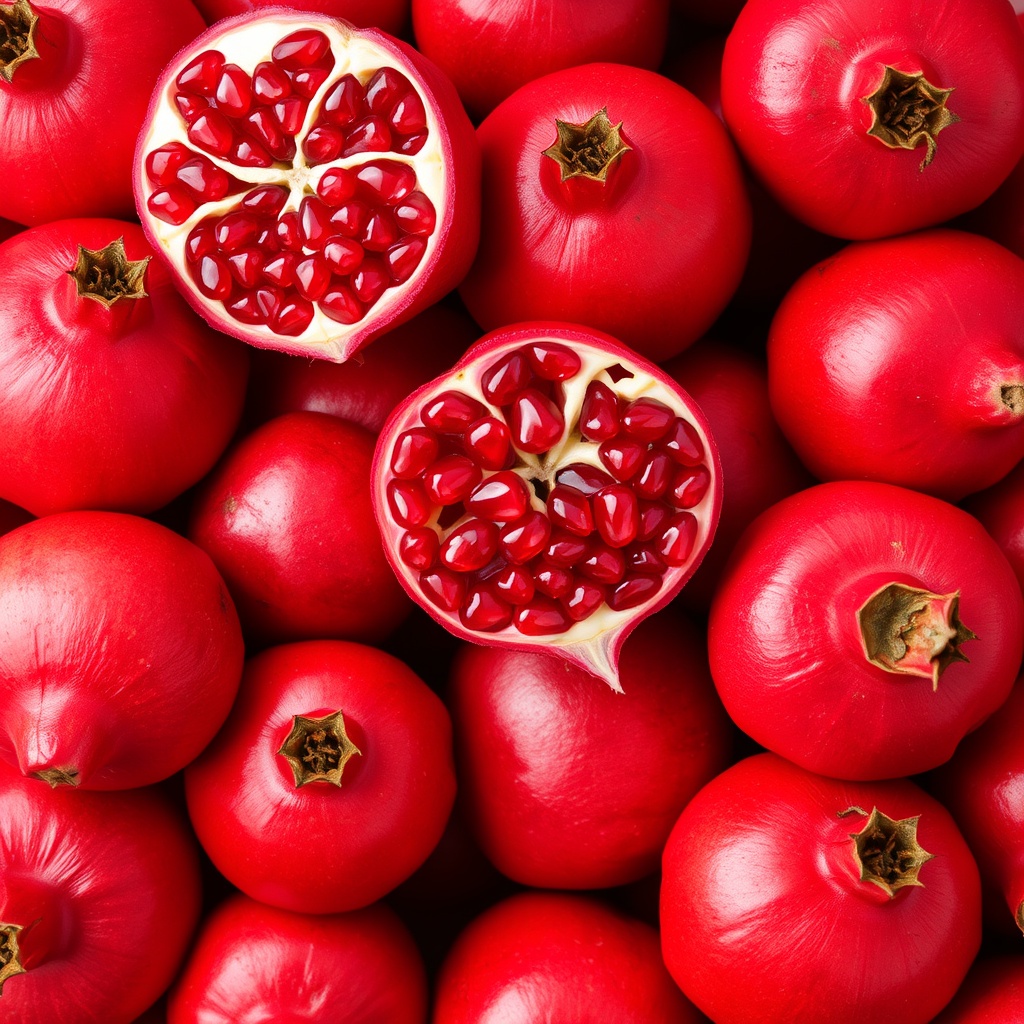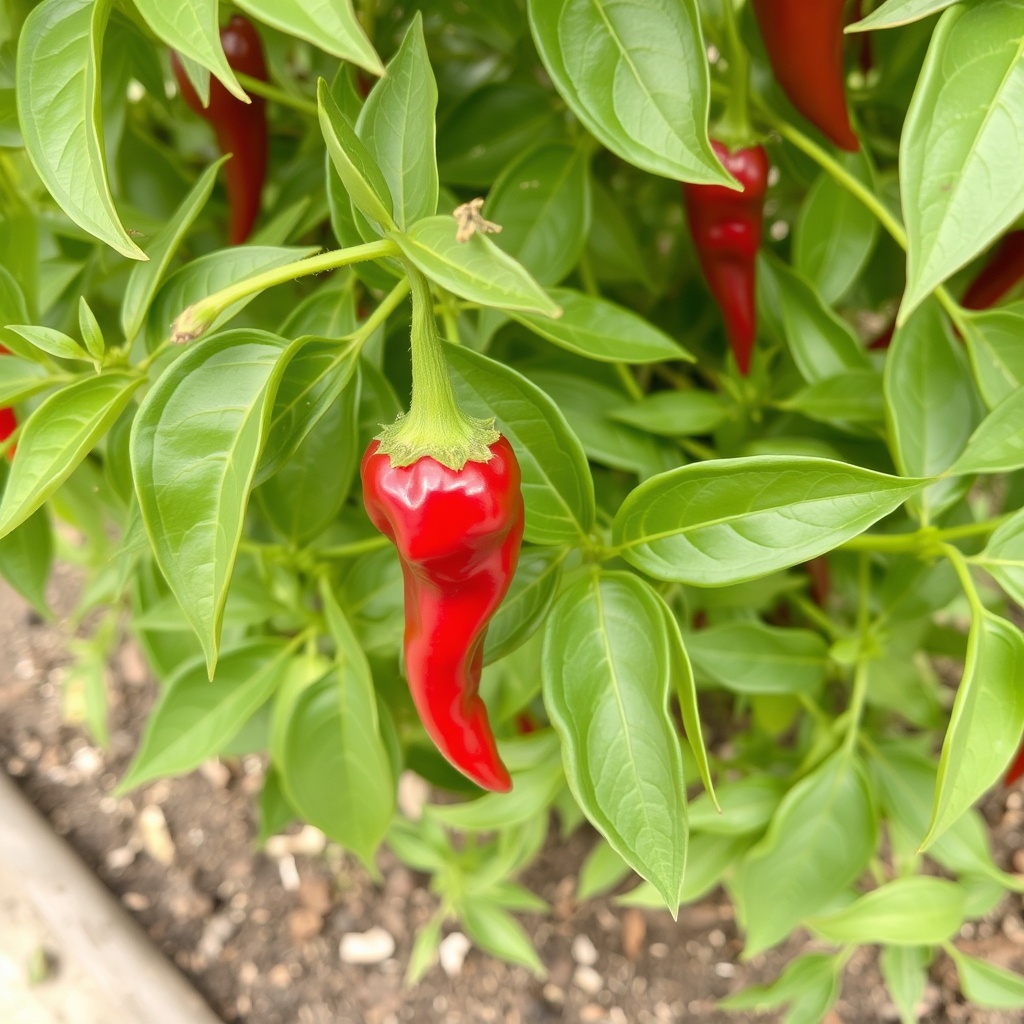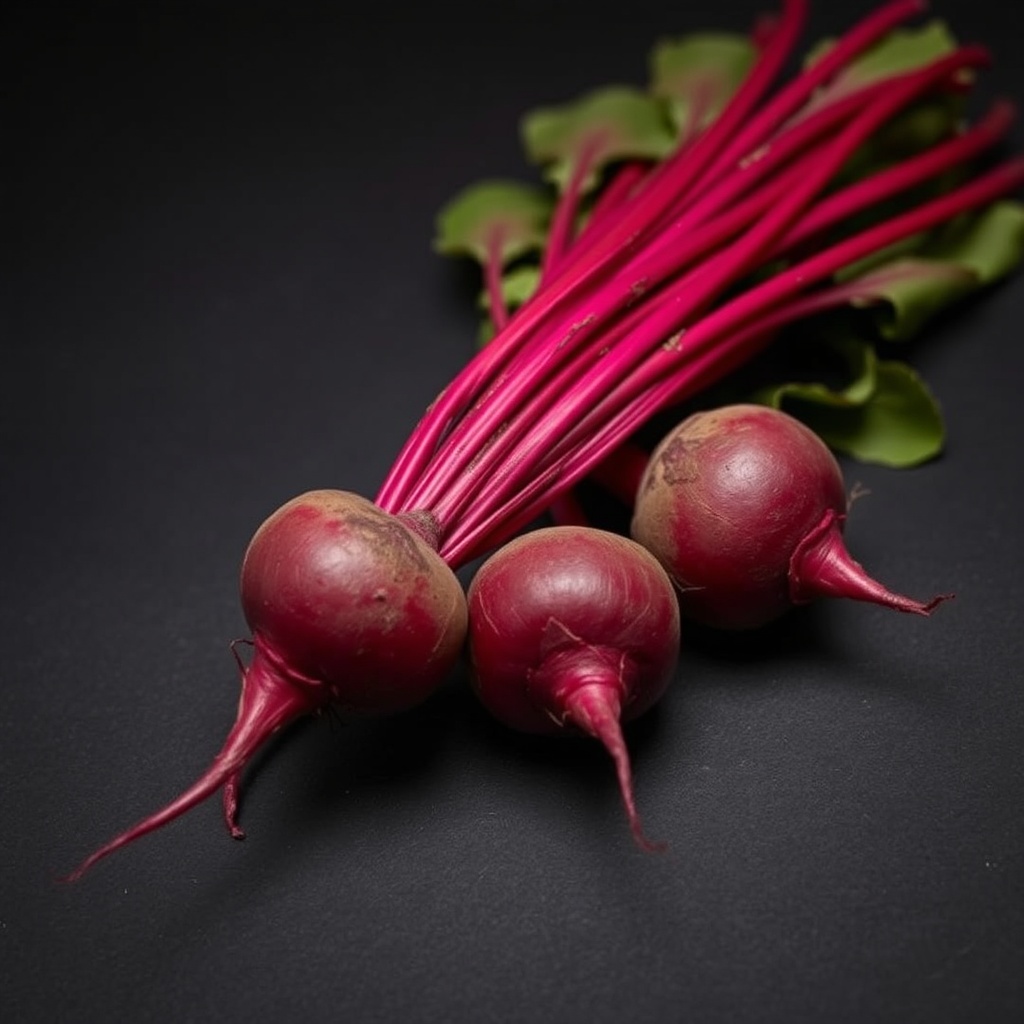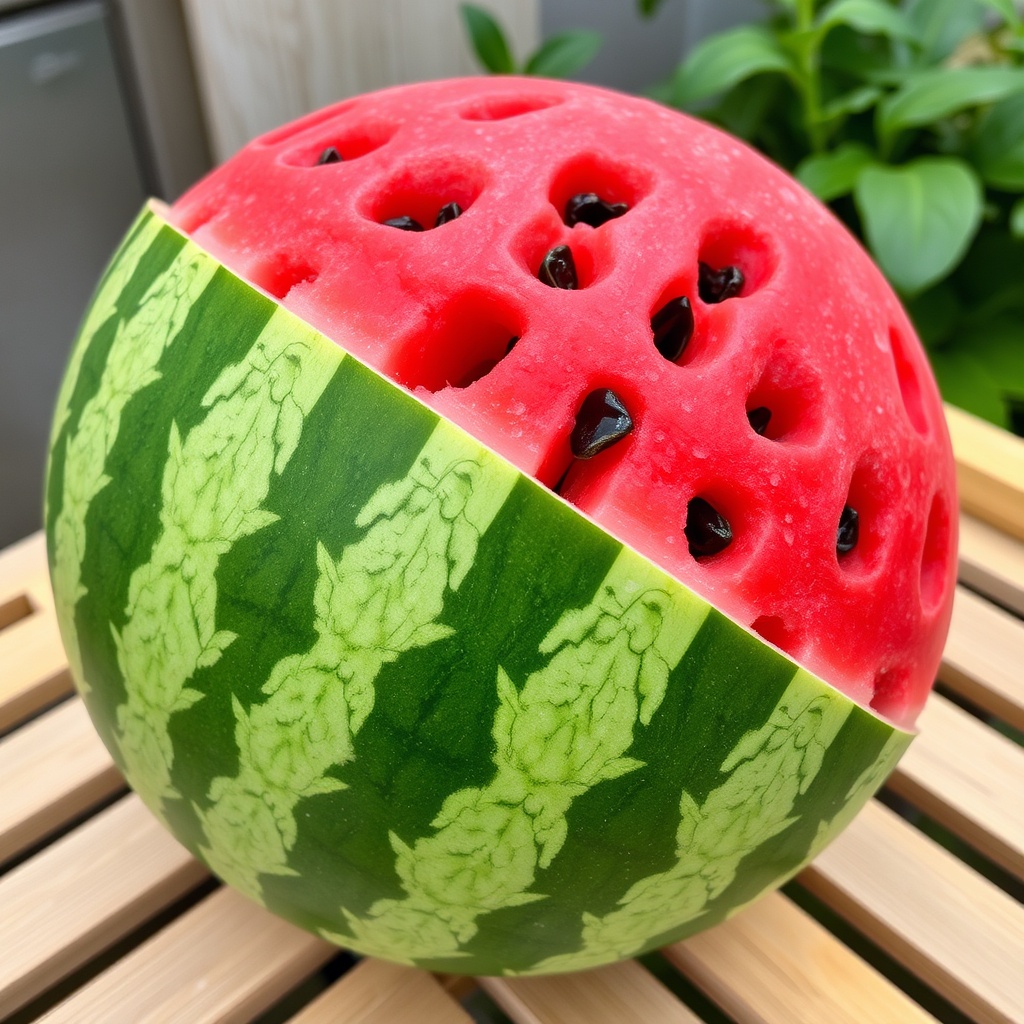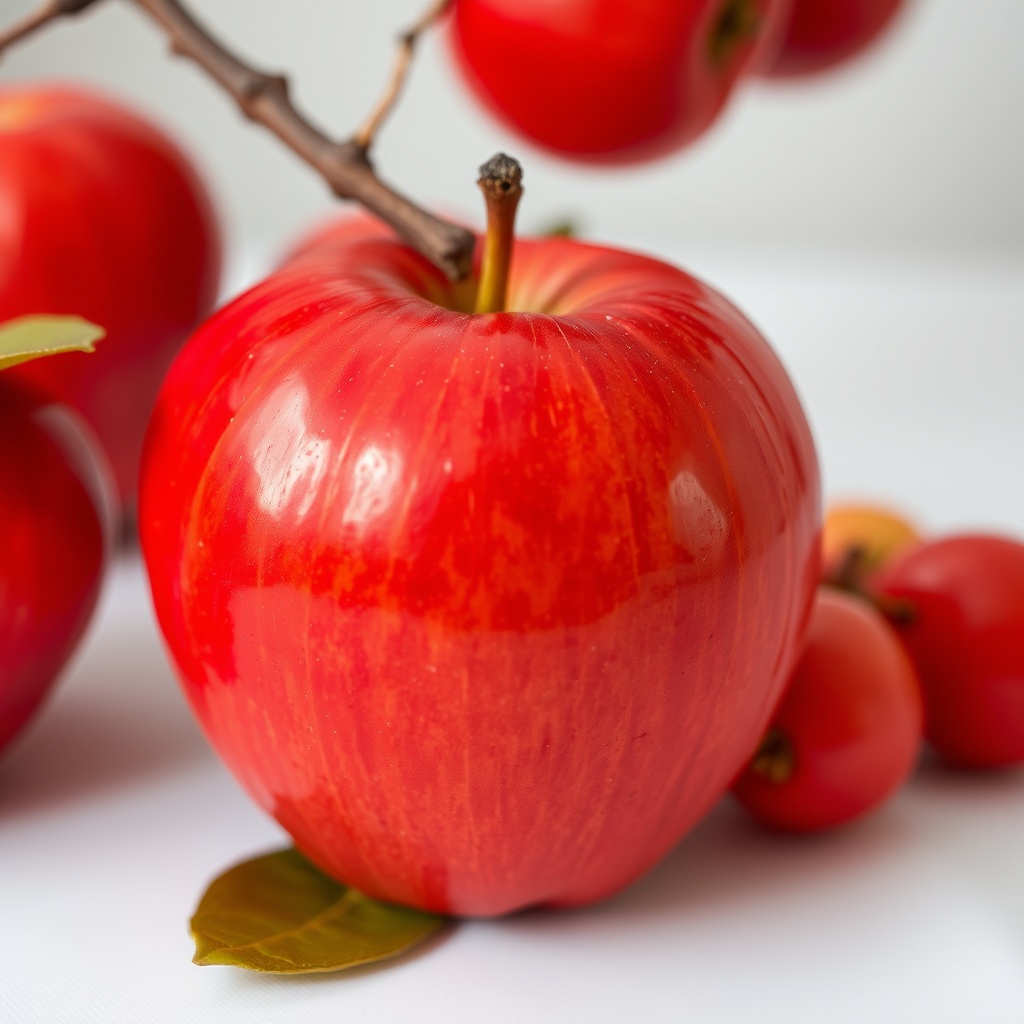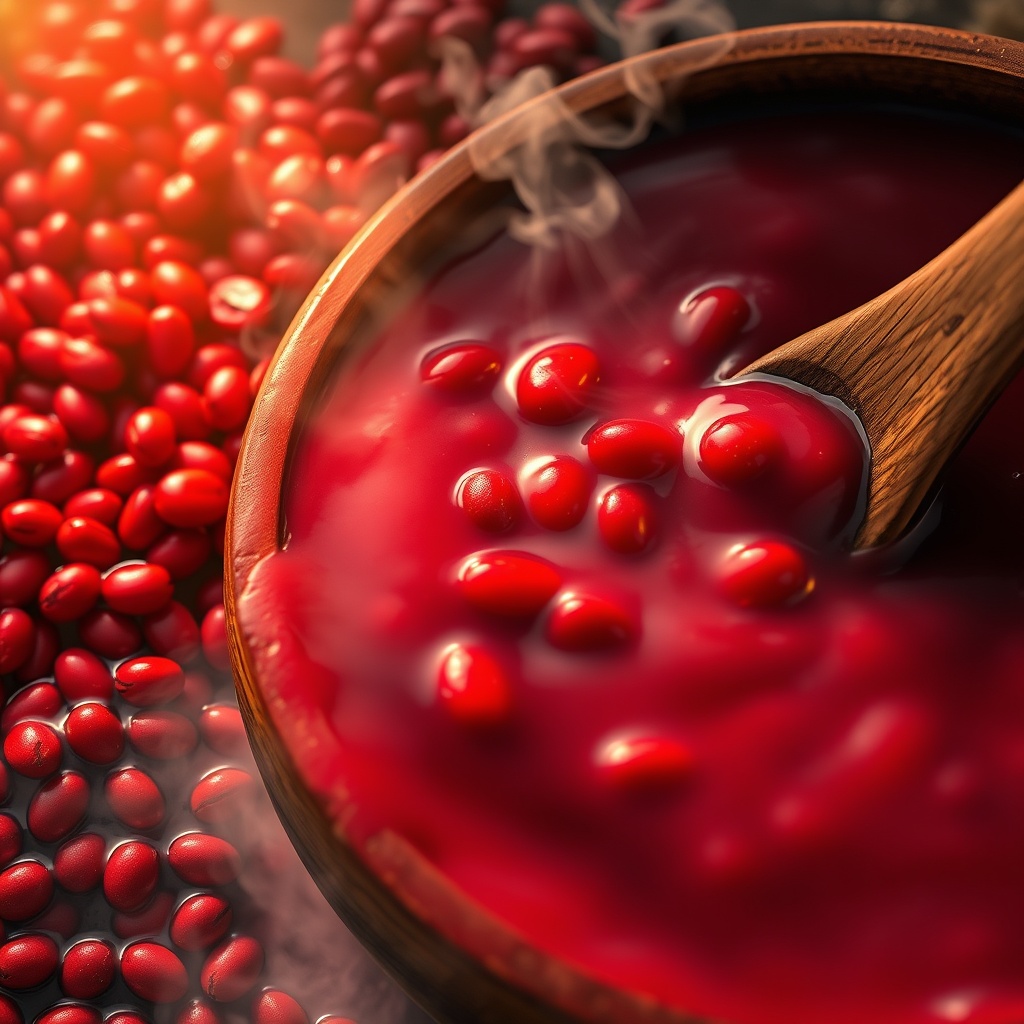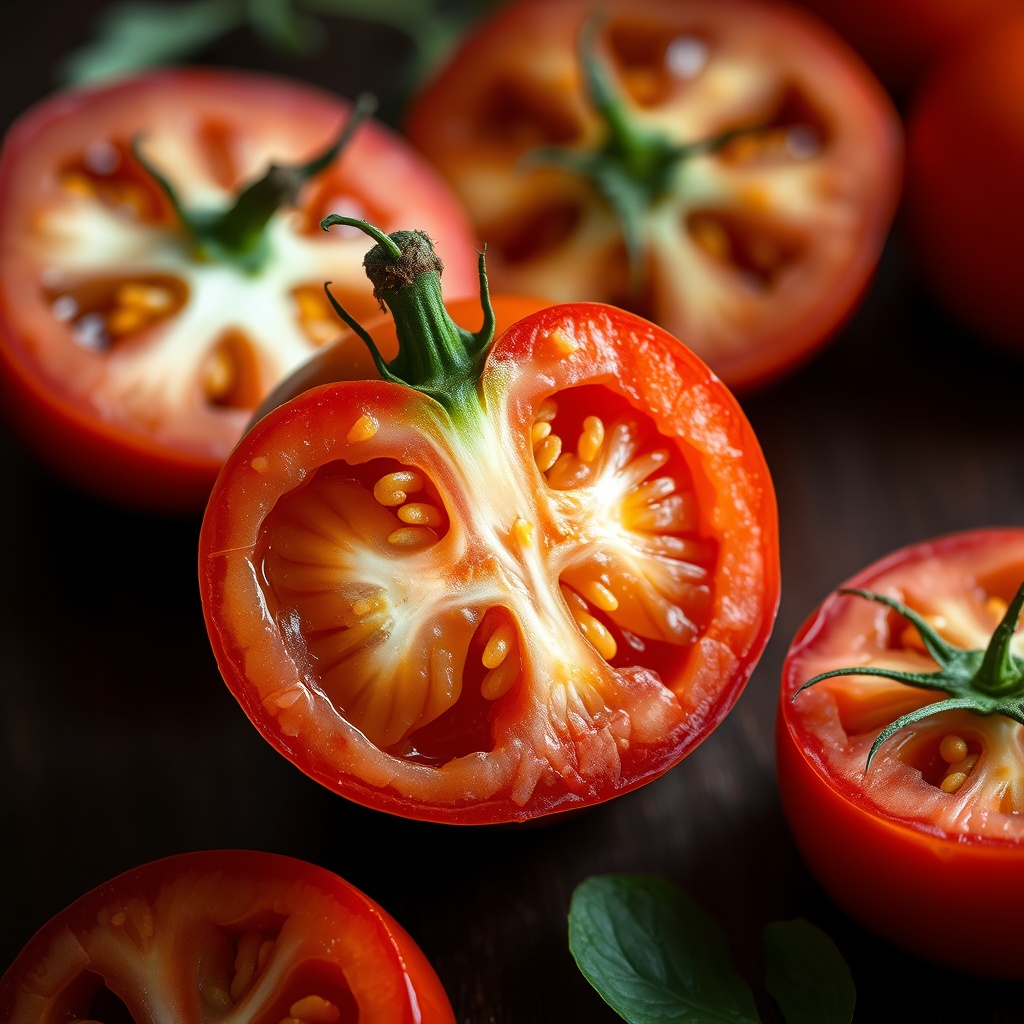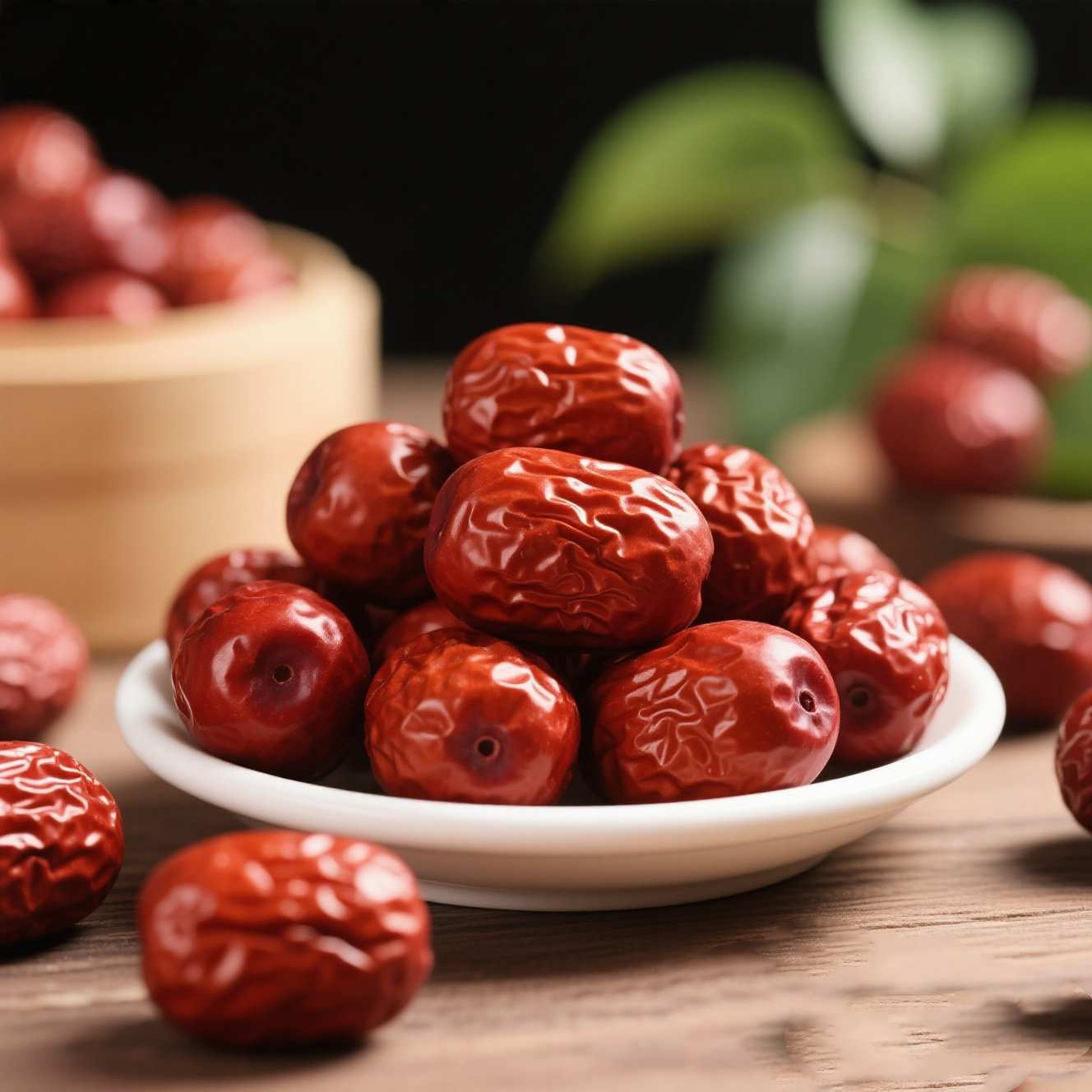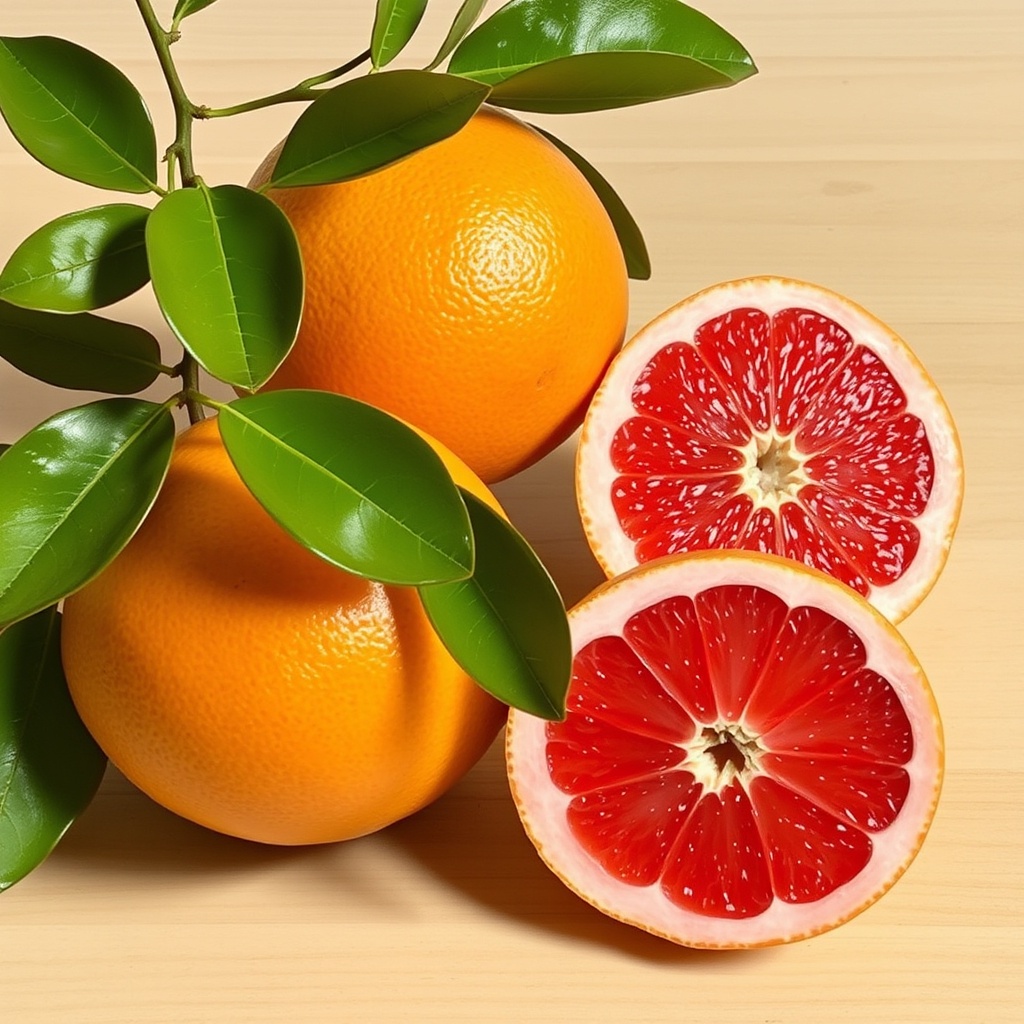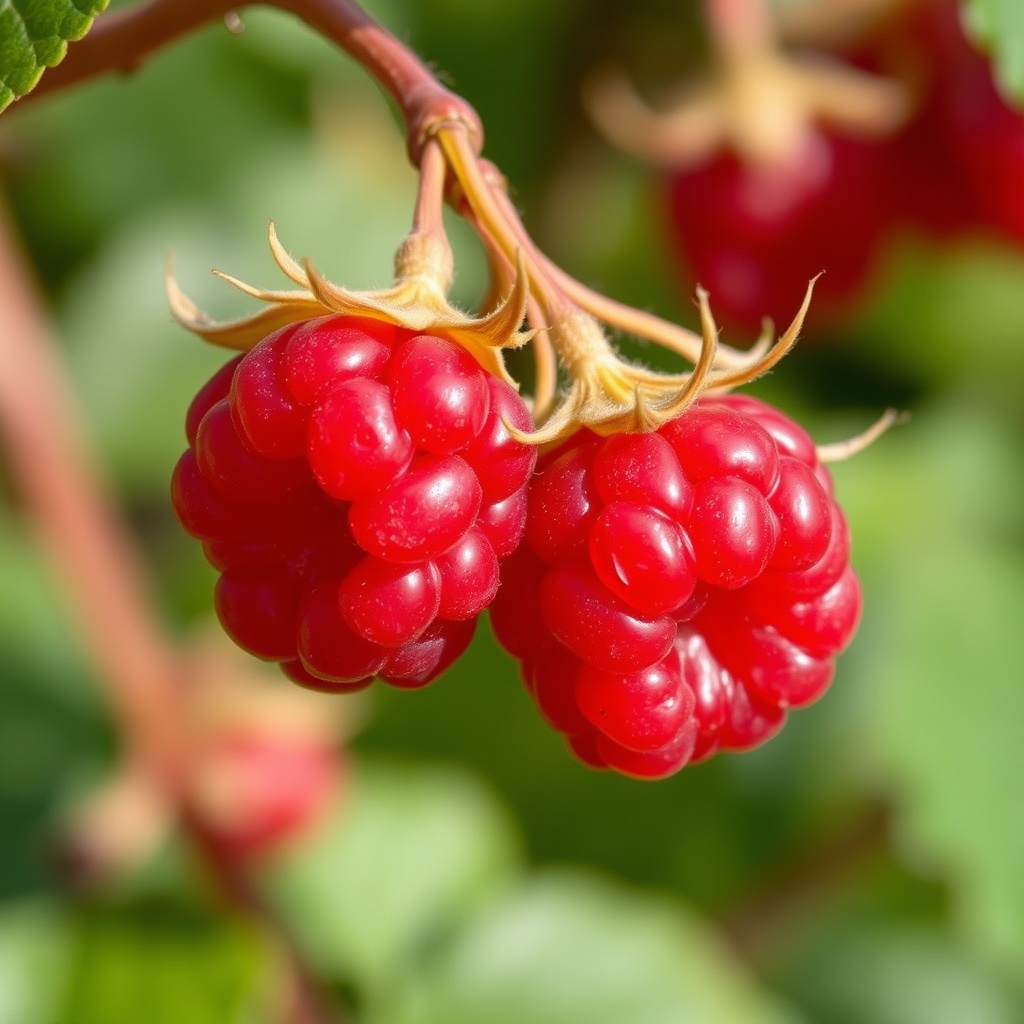How many Red Foods do you know?
Antioxidants in red foods can fight free radicals, reduce fatigue, promote blood circulation, and keep the body youthful;
They are also rich in vitamin A and beta-carotene, offering strong protection for respiratory and epithelial tissues.
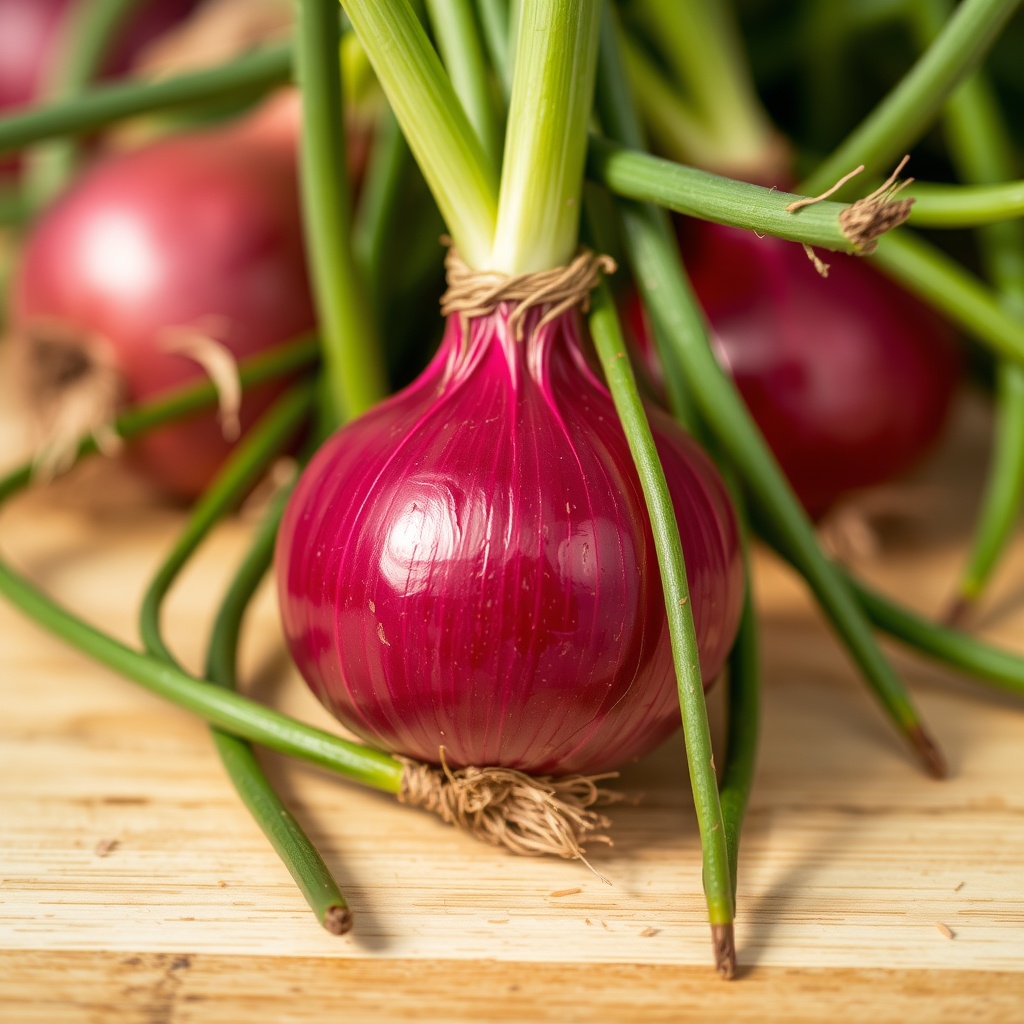
Rich in quercetin, anti-inflammatory and antioxidant
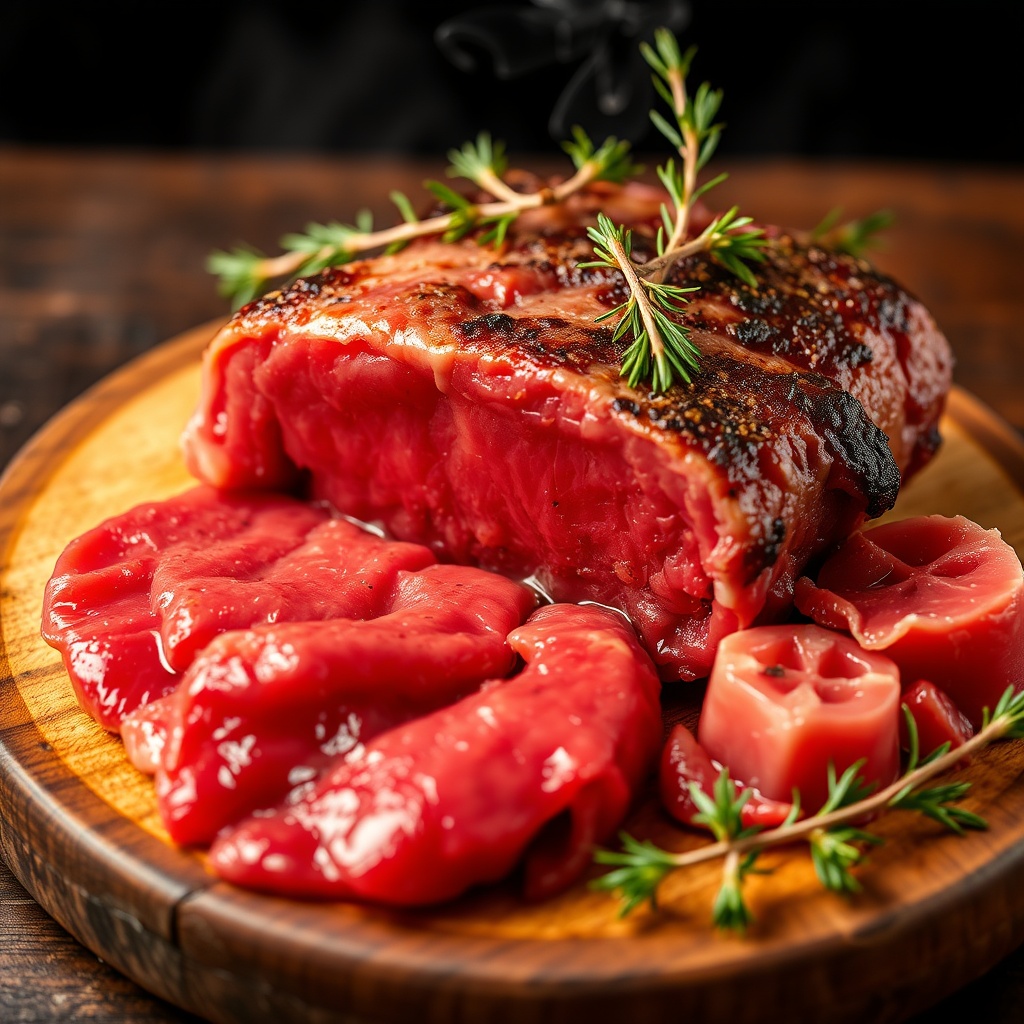
Rich in iron and protein

Rich in minerals
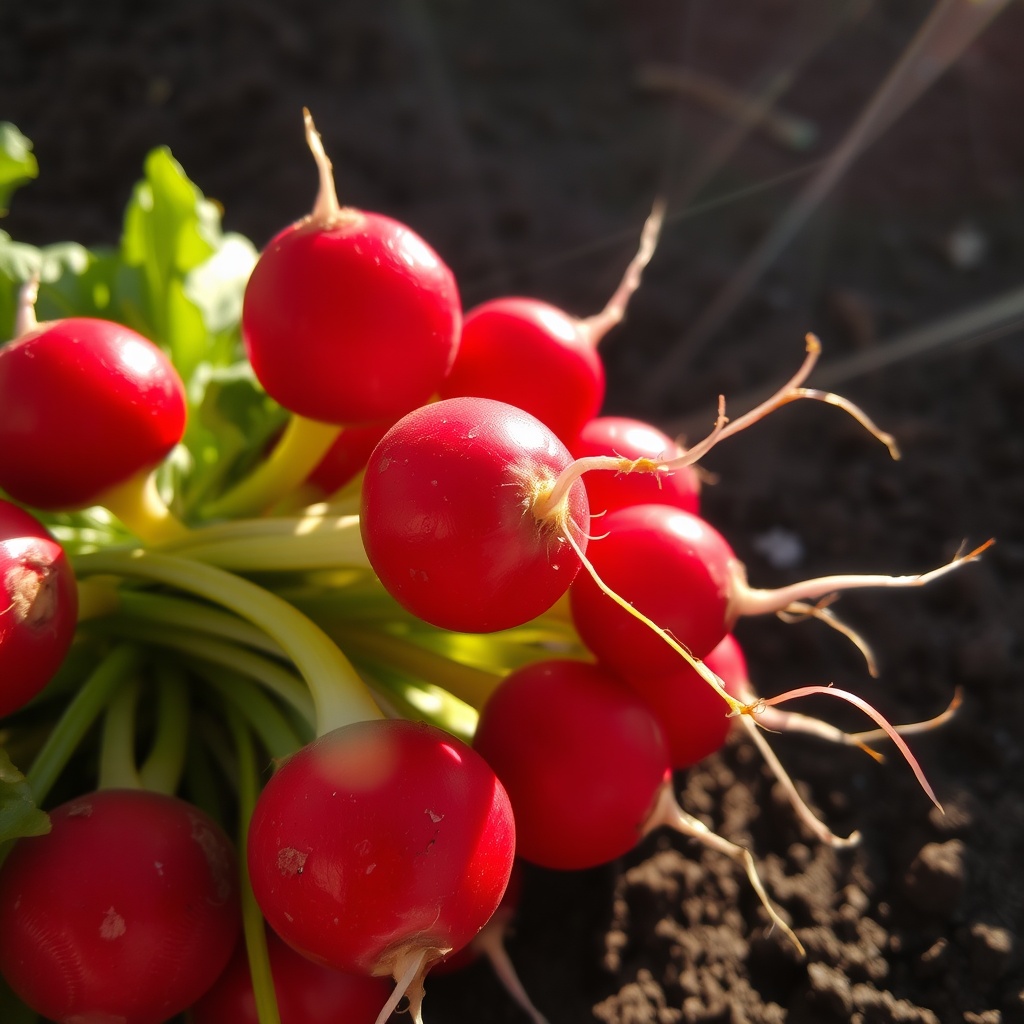
High in beta-carotene
Core Benefits of Red Foods
Antioxidant & Cancer Prevention
Red foods are rich in powerful antioxidants such as lycopene, anthocyanins, and capsanthin. For example, lycopene in tomatoes inhibits free radical damage and reduces the risk of prostate and stomach cancer; betalains in dragon fruit slow cellular aging. Studies show that consuming more than 6.5 mg of lycopene daily can reduce prostate cancer risk by 21%.
Cardiovascular Health Protection
Red foods improve heart and vascular function in multiple ways: resveratrol in red grapes reduces atherosclerosis, pomegranate juice lowers cholesterol oxidation, and the dietary fiber in sweet potatoes helps regulate blood lipids.
Immune Boosting & Antiviral Properties
Beta-carotene (converted into Vitamin A) strengthens respiratory mucosal barriers and prevents colds; capsaicin in red chilies activates immune cell activity and accelerates toxin metabolism.
Blood Enrichment & Energy Supply
Red meats like beef and animal blood contain easily absorbed heme iron, suitable for people with iron-deficiency anemia; jujubes and goji berries help improve blood quality through non-heme iron.
Recommended Red Foods & Healthy Recipes

1. Tomato
Benefits: Rich in lycopene, better absorbed when cooked, helps prevent cancer and cardiovascular diseases.
Recipe: Braised Beef Brisket with Tomatoes: Blanch beef brisket and braise with tomatoes and carrots. Add tomato sauce for color and flavor, perfect for winter nourishment.

2. Jujube
Benefits: Nourishes blood, calms nerves, contains cAMP to regulate immunity.
Recipe: Glutinous Rice Stuffed Jujube: Steam glutinous rice balls stuffed inside jujubes, drizzle with osmanthus syrup for both blood nourishing and spleen strengthening benefits.

3. Sweet Potato
Benefits: Rich in dietary fiber, beta-carotene good for eyesight, dehydroandrosterone inhibits cancer.
Recipe: Roasted Sweet Potato or Millet Porridge, retains nutrition while promoting gut health.

4. Red Chili
Benefits: Capsaicin boosts metabolism, capsanthin is antioxidant-rich, but should be consumed cautiously by those with peptic ulcers.
Recipe: Stir-fried Red Pepper with Meat Slices, sauté with lean meat to enhance vitamin C absorption.

5. Pomegranate
Benefits: Anthocyanins lower cholesterol oxidation, prevent atherosclerosis, effective with just 113g of juice daily.
Recipe: Pomegranate Salad, mix with leafy greens and nuts, drizzle with olive oil to enhance nutrient absorption.

6. Red Bean
Benefits: Rich in plant protein and dietary fiber, promotes intestinal movement, improves constipation.
Recipe: Cook together with rice, black rice, jujubes, and longan for spleen health and blood enrichment.
Multicolor Pairing Suggestions
Red foods play a key role in healthy eating due to their unique antioxidant and immune-enhancing properties.
Combine them using the “Rainbow Principle” for balanced nutrient intake. Let your meals become colorful and healthier!
Daily Goal: Include at least 3–5 different colored foods, e.g., green broccoli (liver protection), black wood ear mushrooms (kidney support), white yam (lung nourishment).
Cooking Tips: Combine red ingredients with fats (e.g., scrambled eggs with tomatoes) or acidic seasonings (e.g., lemon juice) to enhance fat-soluble nutrient absorption.
Red Food Selection | Video Tutorials
How to Choose Fresh Tomatoes?
How to Select Spicy Red Chilies?
Dragon Fruit Selection Guide
Red Food Cultivation | Video Tutorials
Tomato Cultivation & Management Techniques
Health Benefits of Hot Chili Peppers
Dragon Fruit Cultivation & Pruning Techniques
How to Raise Pigs for Meat on the Homestead
